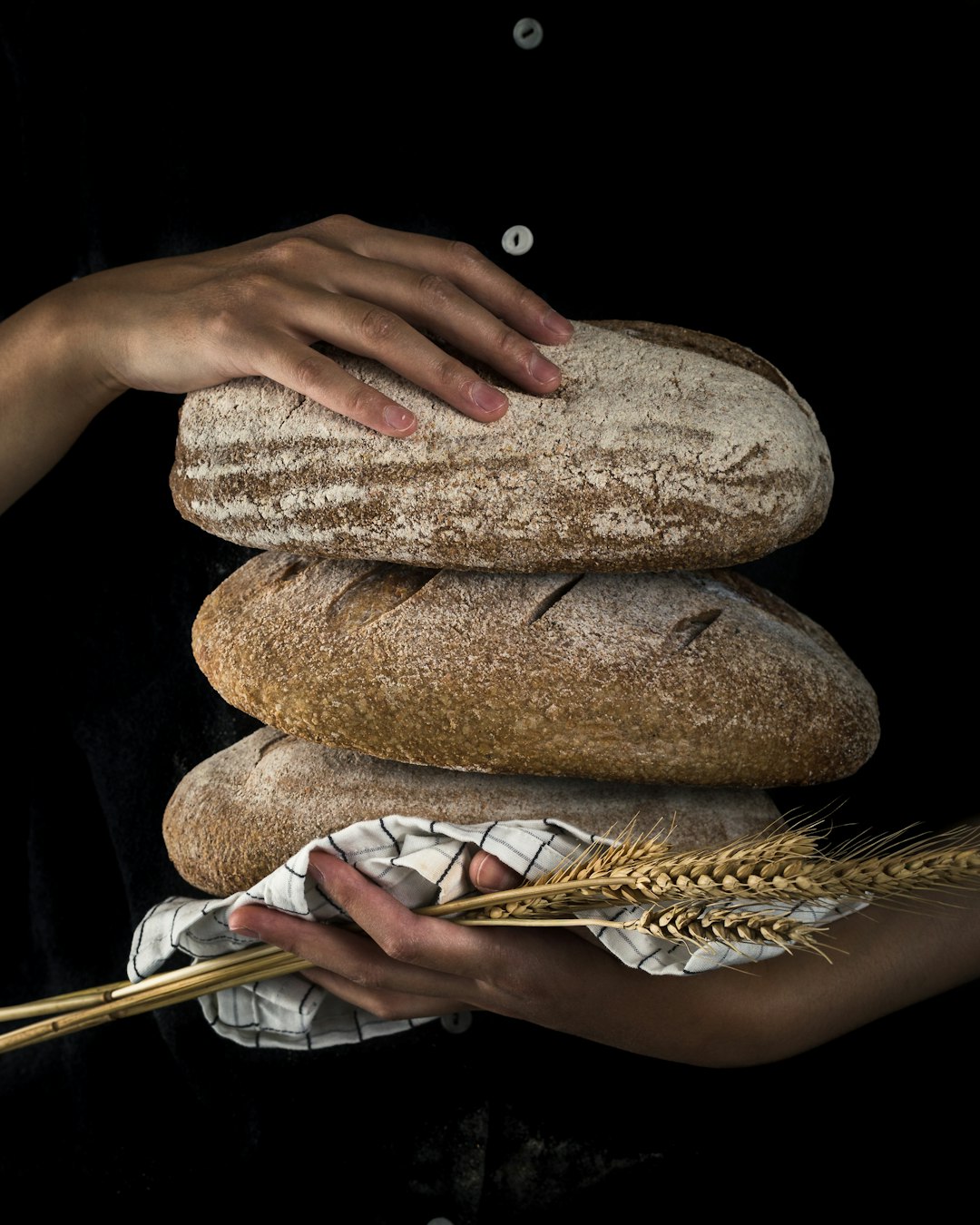In recent years, the word “glútem” has become a common topic in food discussions, dietary trends, and health debates. Whether you’re strolling through the aisles of a grocery store or browsing recipes online, chances are you’ve encountered gluten-free alternatives and wondered, “What exactly is glútem, and why does it matter?” This comprehensive guide will answer your questions and bring clarity to the world of this often misunderstood protein.
What is Glútem?
Glútem is a family of proteins naturally found in certain cereal grains, most notably wheat, barley, and rye. The two main proteins that make up glútem are gliadin and glutenin. When flour is mixed with water, these proteins combine to form a sticky matrix that gives dough its elasticity and chewiness. This quality makes gluten essential in baking as it helps bread and other baked goods rise and maintain their shape.

Where is Glútem Found?
Although most commonly associated with wheat-based products, glútem can be found in a wide range of both obvious and hidden sources. Here are some examples:
- Common Foods: Bread, pasta, pizza, pastries, and cereal.
- Hidden Sources: Soy sauce, salad dressings, soups, sauces, and beer.
- Cross-Contaminated Products: Oats (unless labeled gluten-free), processed foods, or items made in shared facilities.
It’s important to read labels carefully if you are following a gluten-free diet for medical or personal reasons.
Why Do People Avoid Glútem?
Not everyone needs to avoid glútem, but for some individuals, it can lead to serious health concerns. Here are the most common reasons people steer clear of it:
- Celiac Disease: This autoimmune disorder causes the body to attack the small intestine when glútem is consumed. Symptoms range from digestive issues to skin rashes and fatigue.
- Non-Celiac Gluten Sensitivity: Individuals may experience similar symptoms to celiac disease—like bloating, headaches, and fatigue—without the autoimmune damage.
- Wheat Allergy: This is an allergic reaction to proteins found in wheat, including but not limited to glútem. It can result in hives, asthma, or more severe responses.
For individuals suffering from any of these conditions, a gluten-free diet is not a trend, but a necessity.
Is a Gluten-Free Diet Healthier?
This is one of the most hotly debated questions. While eliminating glútem can bring relief to those with sensitivities or medical conditions, it is not inherently healthier for the general population.
Potential Benefits:
- Reduced bloating for some individuals
- A potentially cleaner diet due to avoiding processed foods
- Increased awareness of food labels and ingredients
Potential Drawbacks:
- Risk of nutritional deficiencies (especially in fiber, iron, and B-vitamins)
- Gluten-free alternatives may be high in sugar or fat to improve taste
- Unnecessary restrictions can limit food options and enjoyment
Foods Safe for a Gluten-Free Diet
There’s a wide variety of naturally gluten-free foods that are both nutritious and delicious. Here are some safe options:

- Fruits and Vegetables: Fresh produce is always gluten-free.
- Proteins: Eggs, meats, poultry, and seafood (unprocessed)
- Grains and Starches: Rice, quinoa, corn, potatoes, buckwheat, and certified gluten-free oats
- Dairy: Milk, cheese, yogurt (check for additives)
- Legumes: Beans, peas, and lentils
How to Know If a Product Contains Glútem
In many countries, food labeling standards require allergens, including wheat and glútem, to be listed clearly. Look for labels with phrases like:
- “Gluten-Free”
- “Contains Wheat”
- “May contain traces of glútem” (for individuals especially sensitive to cross-contamination)
Using certified gluten-free products can be a helpful shortcut, especially for those with celiac disease.
Conclusion
While glútem serves an important role in food preparation and texture, it can also pose significant health risks for some people. Understanding what glútem is, where it’s found, and its impact on health can help you make more informed decisions about the foods you eat. Whether you’re avoiding it for health reasons or simply exploring dietary alternatives, knowledge is your best ingredient.
